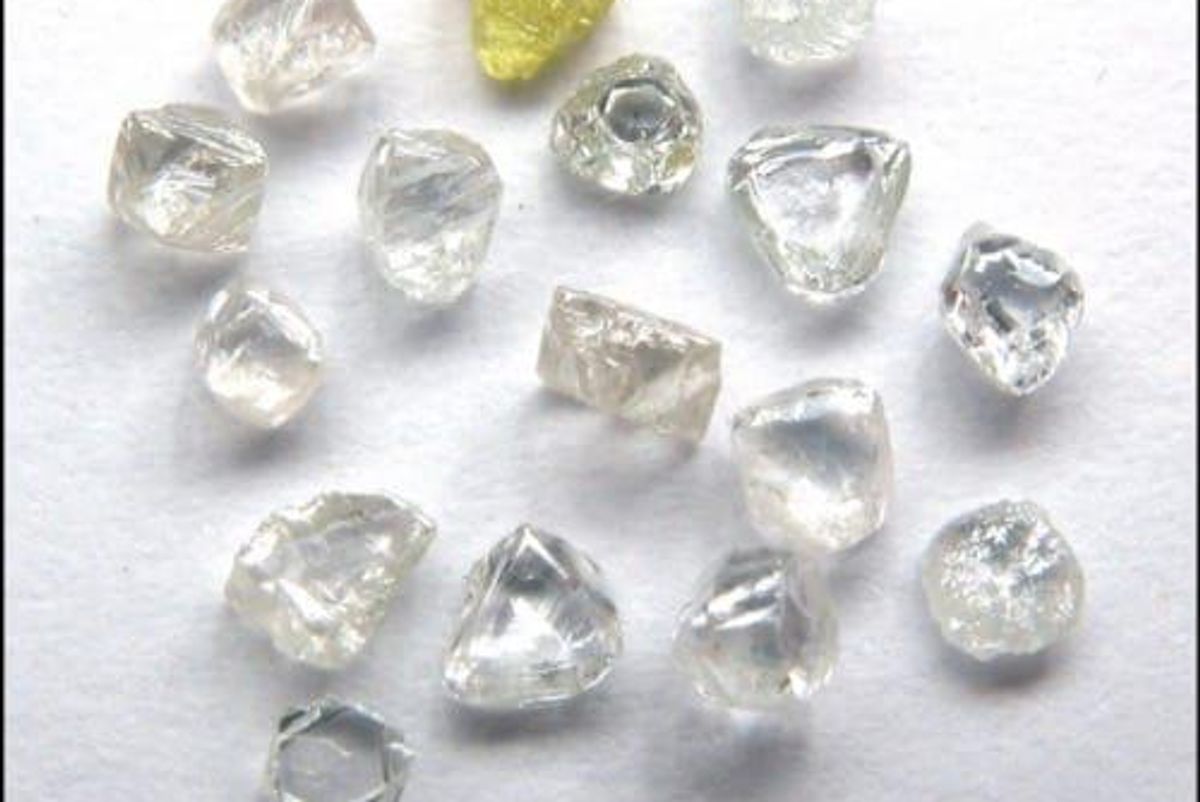One of Sierra Leone’s Last Diamond Mines Reopens

The Koidu mine has been home to some of the most extraordinary diamond discoveries in the world, and owner BSG Resources is hoping there are more wonders to unearth.
After a year of uncertainty and controversy that was punctuated with the Ebola epidemic, one of Sierra Leone’s most valuable diamond mines has reopened.
The Koidu mine, which is owned and operated by BSG Resources, is renowned for producing some of the most valuable gems in the world. Last March, a 709-carat diamond was discovered in the same region, not by mega mining machinery, but by the hands of an everyday church pastor.
In 1972, the fourth-largest diamond ever unearthed, the 969.8-carat Star of Sierra Leone, was found in the region, highlighting the potential finds waiting to be discovered in the country.
The mine, located in Sierra Leone’s Kono region, is one of the last operational mines in the country, and a reminder of the promise the West African mining sector once looked forward to, before the price of iron ore sunk and the Ebola outbreak sparked international fear.
BSG isn’t immune to controversy itself, aside from fear of the communicable disease spreading, high debt levels also attributed in the closure of the mine a year ago, all things BSG is hoping to forget as it forges forward with robust efforts to reinvigorate exploration and production at Koidu.
Over the last 12 months, BSG has spent about US$50 million to convert the mine from open pit to an underground operation in an effort to extend the life of the mine. Koidu is currently equipped to produce roughly 400,000 carats a year, after the multi-million investment, that number could grow to as much as 650,000 carats.
“We’ve injected additional resources. That was tough, that’s why we fell behind with creditors,” Dag Cramer, an adviser to BSG’s owner told Bloomberg. “This is the type of mining operation where you have to take the long-term view.”
Aside from producing hundreds of thousands of carats annually, Koidu’s diamonds are considered to be extremely valuable. The precious stones unearthed there sell for an average of US$300 a carat. The only diamonds more valued are produced by Gem Diamonds’ (LSE:GEMD) Letseng mine in Lesotho and Lucara Diamond’s (TSX:LUC) Karowe mine in Botswana.
BSG, a company that has supplied Tiffany & Co (NYSE:TIF) with diamonds, isn’t out of the red just yet, especially when it comes to operating Koidu. In order to make the mine more profitable -the true goal of a miner- BSG needs to ramp up production while simultaneously paying down its debt.
The more than US$100 million in debt notes the company had were bought by a specialist distressed debt investor from Tiffany & Co and Standard Chartered (LSE:STAN).
“We’re trying to run this operation, meet all obligations, and make a return to equity holders. There is a new owner of the debt and they want to generate a profit. At the same time, they must appreciate that the equity owners also have skin in the game,” Cramer told Bloomberg. “We’re not out of the woods.”
Despite increasing last year by 11.7 percent, the global diamond supply is expected to decrease by 3.4 percent to 147 million carats in 2018.
Don’t forget to follow us @INN_Resource for real-time updates!
Securities Disclosure: I, Georgia Williams, hold no direct investment interest in any company mentioned in this article.